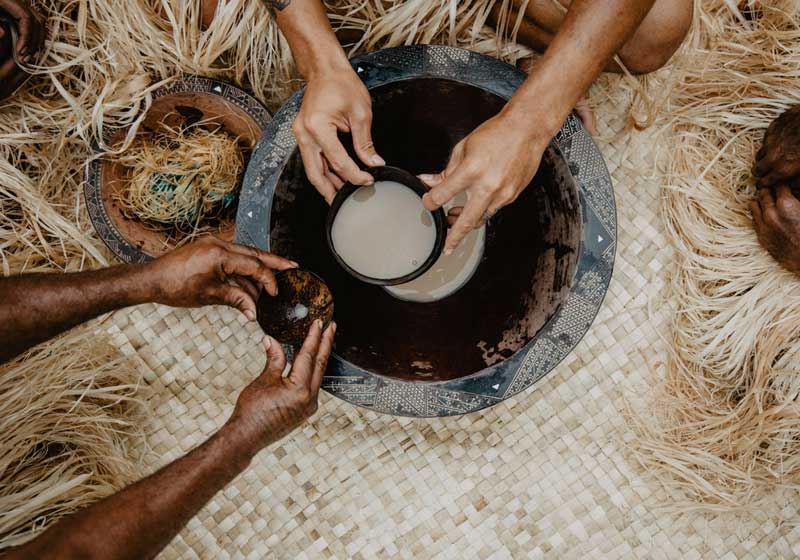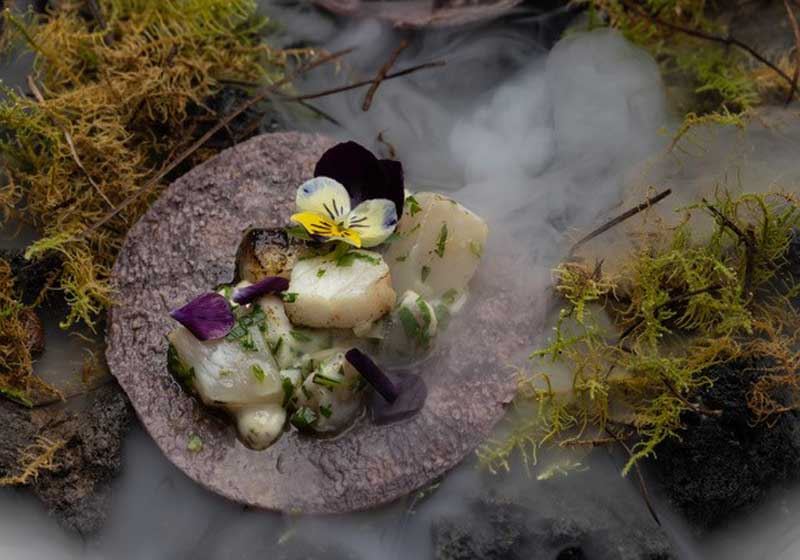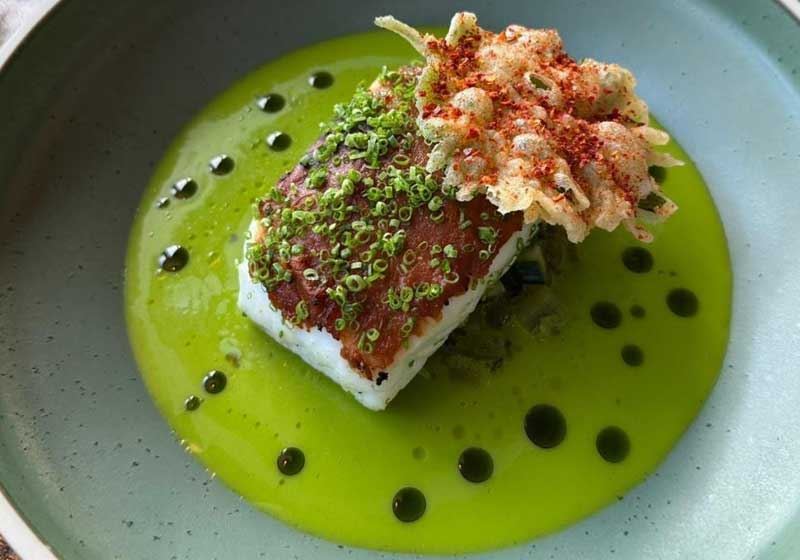Filipino cuisine is a vibrant reflection of the Philippines' rich cultural history, blending Indigenous, Spanish, Chinese, American and Malay influences into bold, comforting dishes.
At the heart of this flavourful cuisine lies a pantry of essential ingredients that shape the distinct taste of Filipino cooking - savoury, sour, sweet and umami all dancing together in balance.
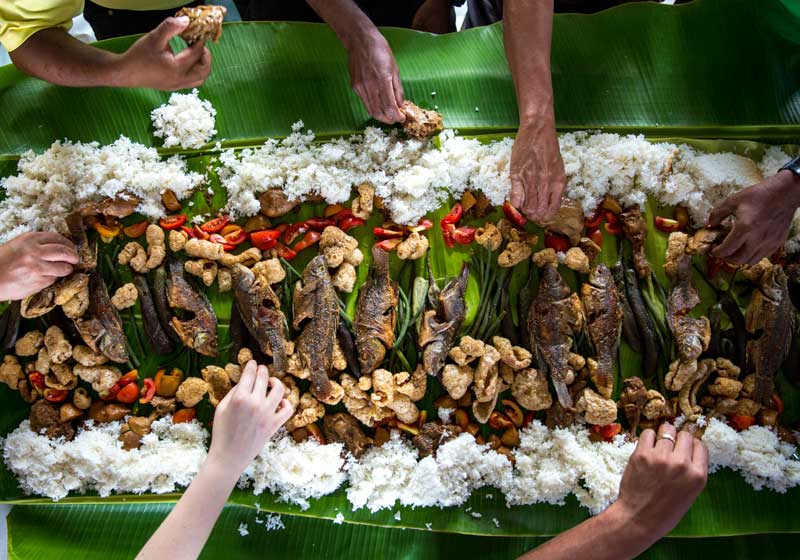
Here are some key staples no Filipino kitchen is without, and how they are used:
Vinegar (Suka)
Vinegar plays a central role in many Filipino dishes. Whether it's sugarcane, coconut or palm-based, vinegar brings a signature sourness that defines classics like adobo and paksiw. It acts as both a flavour enhancer and a natural preservative - perfect for the tropical climate. It is often paired with garlic, soy sauce and bay leaves to create tangy, aromatic stews.
Soy Sauce (Toyò)
A staple in every Filipino household, soy sauce brings depth and umami to a wide range of dishes. Used in everything from adobo and bistek Tagalog (Filipino beef steak) to dipping sauces, it lends a salty complexity that complements the country’s love for bold flavours.
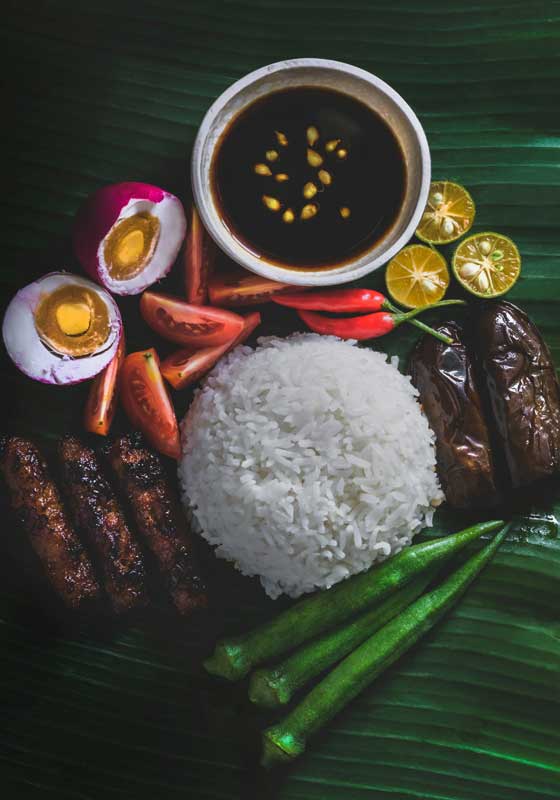
Fish Sauce (Patis)
Used sparingly but effectively, fish sauce is a go-to condiment for seasoning soups, stir-fries and grilled meats. It’s often added at the end of cooking or served as a dipping sauce mixed with calamansi or vinegar and chillies.
Calamansi
This tiny citrus fruit, similar to lime but more fragrant, is used to add acidity to dishes, marinades and drinks. Its juice is a key ingredient in kinilaw (Filipino ceviche) and is often served with pancit or grilled seafood for a zesty kick.
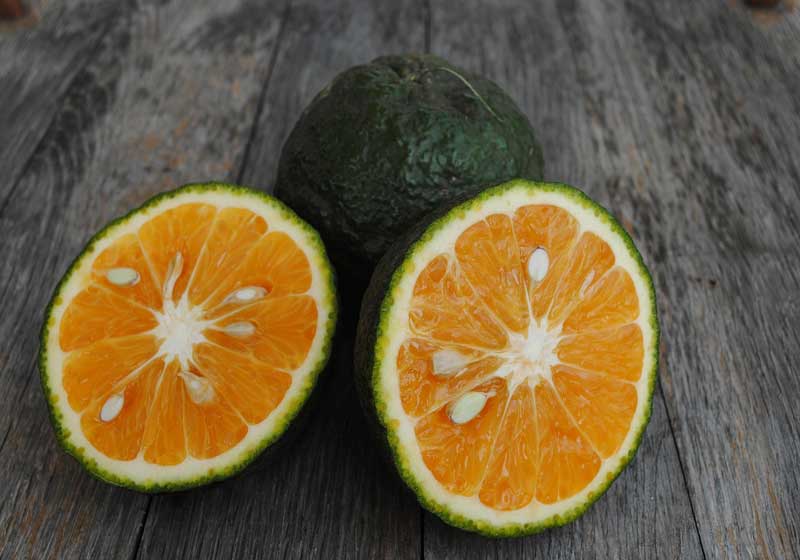
Ginger (Luya)
Ginger imparts a warm, peppery note to soups and stews like tinola, where it’s simmered with chicken and green papaya. It also balances the richness of seafood dishes and helps cut through fatty meats.
Coconut (Gata)
Coconut milk is used in both savoury and sweet dishes. Creamy and rich, it’s the soul of dishes like laing, ginataang kalabasa, and kare-kare. It adds silkiness and mellows out spicy or sour notes beautifully.
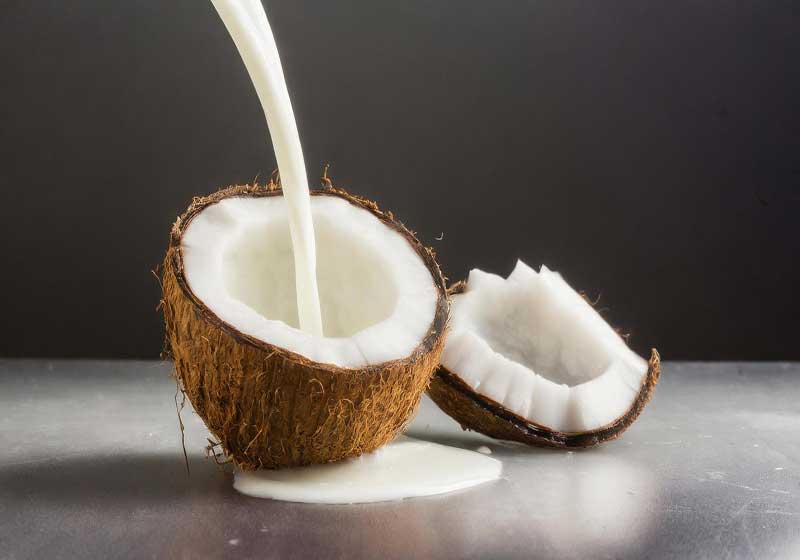
Bagoong (Fermented Shrimp or Fish Paste)
Intensely salty and pungent, bagoong is an acquired taste that adds depth to dishes like pinakbet and binagoongan. It’s also enjoyed raw with green mango or mixed into sauces.
Annatto (Atsuete) Oil
Annatto seeds infused in oil give food a distinct red-orange hue and a mild, earthy flavour. Used primarily for colour in dishes like kare-kare or longganisa, it’s a common natural dye in Filipino cooking.
Together, these ingredients create the bold, hearty and comfort-driven meals that define the Filipino table - perfect for sharing with friends and family.


